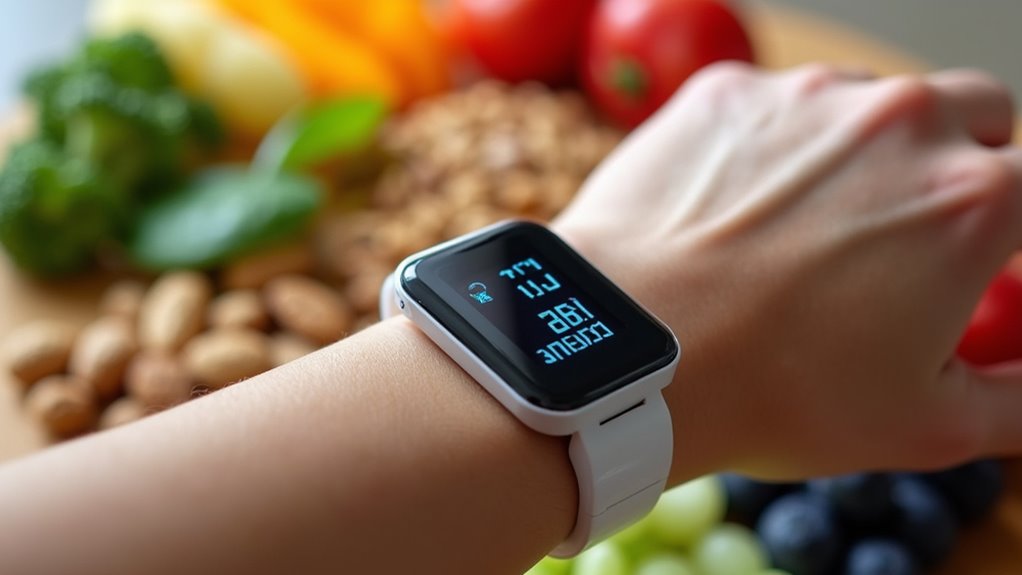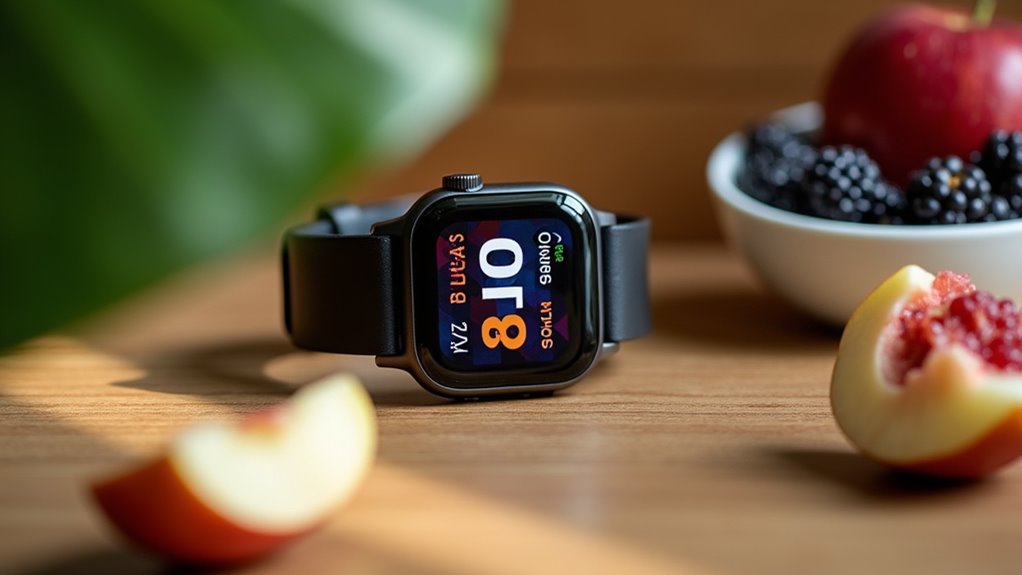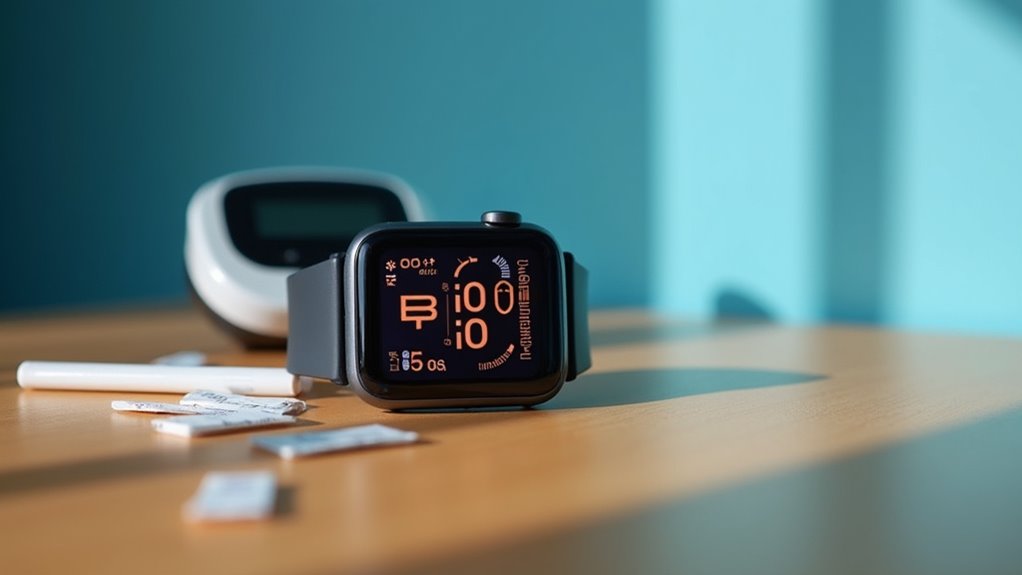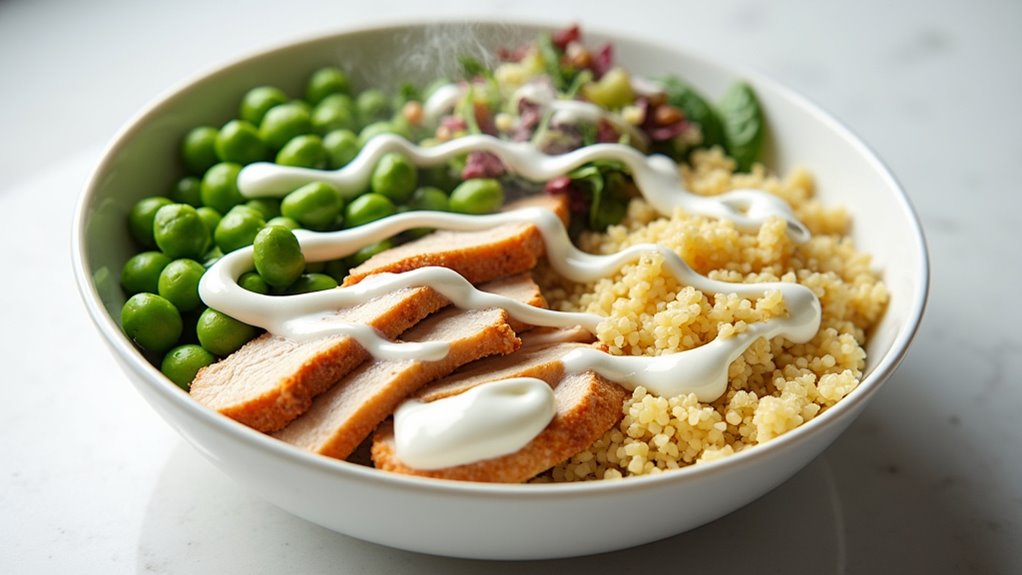Three words that might make you rethink that donut: glucose spikes happen. Not just to people with diabetes—to everyone. That pasta dinner? Spike. Those M&Ms from the office candy jar? Major spike. Even so-called “health foods” can send your blood sugar soaring like a teenager’s mood swings.
Most people think glucose spikes only matter if you’re diabetic. Wrong. These sudden sugar surges are silently damaging blood vessels, increasing inflammation, and potentially fast-tracking you to insulin resistance. Your body wasn’t designed for the sugar rollercoaster modern diets create. Period.
Blood sugar spikes aren’t just a diabetic concern—they’re silently damaging everyone’s vessels and fueling inflammation with every bite.
Here’s what nobody tells you: your tiredness after lunch isn’t normal. It’s a crash. That random hunger two hours after eating? Your body responding to plummeting glucose levels. These ups and downs aren’t just uncomfortable—they’re dangerous over time.
The good news? Technology is catching up. Continuous glucose monitors (CGMs) have revolutionized our understanding of how individual bodies respond to food. That avocado toast might be fine for your coworker but send your levels through the roof. Everyone’s different. Shocker.
The fixes aren’t complicated, just inconvenient for our convenience-obsessed culture. Drink water instead of soda. Exercise regularly—not just when you feel guilty about that extra slice of cake. Count carbs if you must, but quality matters more than numbers. And yes, that late-night cereal binge is screwing with your metabolism. Combining aerobic and strength training provides the best results for improving insulin sensitivity.
Certain factors make spikes worse—obesity, stress, medications like steroids, even lack of sleep. Pairing carbohydrates with protein or fat can significantly reduce the height and impact of glucose spikes. Your grandmother was right about those early nights.
The long-term effects aren’t pretty. Accelerated aging. Heart disease. Potential diabetes. The works.
Most advice about controlling blood sugar is incomplete or outdated. Your body isn’t a simple math equation. It’s a complex system that responds to everything—food, stress, sleep, movement.
The ultimate truth? Understanding your personal glucose patterns is power. Track them. Learn from them. And maybe, just maybe, skip that donut.
Starting your meal with vegetables can reduce glucose spikes by up to 75 percent as the fiber slows down absorption, giving your body time to respond properly.








